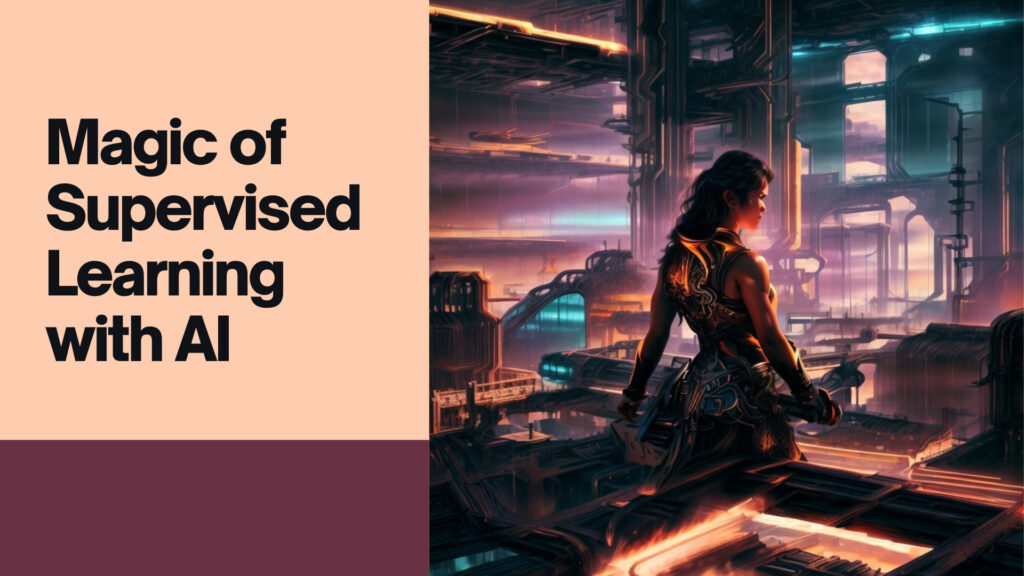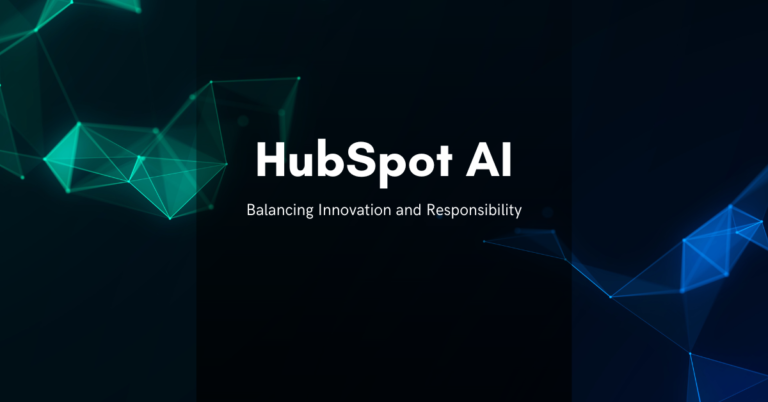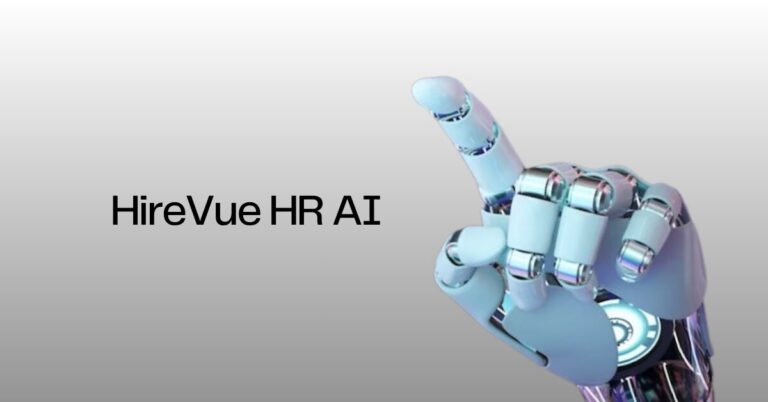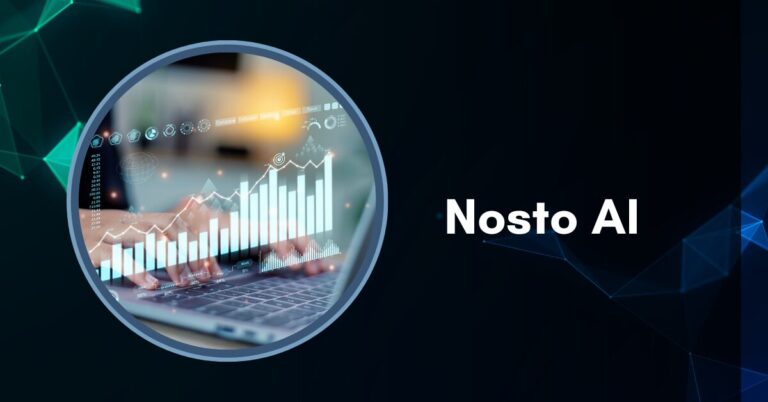Magic of Supervised Learning with AI
In the fast-evolving landscape of artificial intelligence (AI), supervised learning stands as one of the foundational pillars. It’s the magic behind many AI applications that we interact with daily, from voice assistants to recommendation systems. In this blog post, we’ll delve into the fascinating world of supervised learning, unraveling its principles, applications, and the incredible potential it holds.
Understanding Supervised Learning
Supervised learning is a subset of machine learning where the algorithm learns from labeled data. The term “supervised” refers to the process of providing the algorithm with a dataset containing both input and desired output. The AI model then learns to make predictions or decisions based on this labeled data.

Magic of Supervised Learning
The Essence of Labeled Data
Labeled data is the heart and soul of supervised learning. It’s like a teacher guiding a student with answers. For instance, if you’re building a spam email classifier, you provide the algorithm with thousands of emails, each labeled as either “spam” or “not spam.” The AI model learns to distinguish between the two based on the features it extracts from the emails.
The Learning Process
The learning process in supervised learning consists of two primary phases: training and testing. During training, the model processes the labeled data to learn patterns and relationships. In the testing phase, the model is evaluated on new, unseen data to assess its accuracy and generalization.
Real-world Applications
Now that we’ve grasped the fundamentals, let’s explore some real-world applications where supervised learning works its magic:
Speech Recognition
Voice assistants like Siri and Alexa owe their conversational prowess to supervised learning. They analyze and recognize spoken words by learning from vast datasets of voice recordings.
Image Classification
Ever wondered how Facebook can automatically tag your friends in photos? Image classification, a form of supervised learning, enables machines to recognize objects and people in images.
Healthcare Diagnostics

Supervised learning aids doctors in diagnosing diseases by analyzing medical images, such as X-rays and MRIs. It can identify anomalies or patterns that might be difficult for the human eye to spot.
Recommender Systems
Online platforms like Netflix and Amazon use supervised learning to recommend movies, products, and content based on your past interactions and preferences.
The Magic Behind the Scenes
Algorithms at Play
Supervised learning employs various algorithms, such as decision trees, support vector machines, and neural networks. Each algorithm has its strengths and weaknesses, making it suitable for specific tasks.
Feature Engineering
Feature engineering is the process of selecting and transforming the input data’s features to enhance the model’s performance. It involves domain expertise and creativity.
Overcoming Challenges
Supervised learning is not without challenges. It requires substantial labeled data, which can be time-consuming and costly to obtain. Additionally, overfitting, where the model performs well on the training data but poorly on new data, is a common hurdle.

Conclusion
Supervised learning is undeniably a magical aspect of artificial intelligence. It empowers machines to learn, adapt, and make intelligent decisions based on labeled data. From voice recognition to healthcare diagnostics, its applications are diverse and transformative.
As we navigate the AI-driven future, understanding the magic of supervised learning is crucial. It not only enriches our knowledge but also enables us to appreciate the technology shaping our world.
FAQs
What is the main difference between supervised and unsupervised learning?
Supervised learning uses labeled data, while unsupervised learning relies on unlabeled data to find patterns and relationships.
Can anyone create a supervised learning model, or does it require specialized knowledge?
While building a basic model is accessible, creating complex and accurate models often requires expertise in machine learning and data science.
How does supervised learning impact the development of self-driving cars?
Supervised learning plays a crucial role in training AI systems to recognize objects, pedestrians, and road conditions, contributing to the advancement of autonomous vehicles.
What are some challenges in obtaining labeled data for supervised learning?
Collecting and labeling data can be time-consuming and expensive, especially for niche or specialized tasks.
Where can I learn more about the latest advancements in supervised learning?
You can stay updated on AI and machine learning advancements through online courses, research papers, and tech news sources.
Unlock the doors to AI’s magic and potential with supervised learning. Embrace the future of technology and innovation!







One Comment